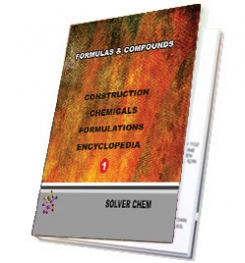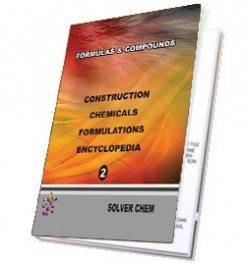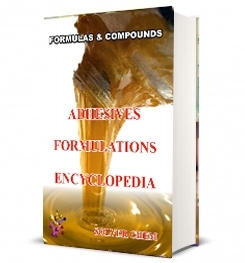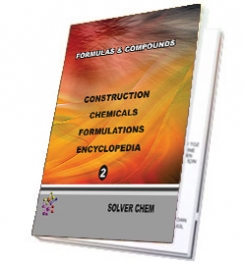Besides being useful, chemicals find use in artifacts as well. Ceramics, paints, varnishes, glass, cement are various other useful substances that contain various chemicals as their components. Construction industry is the major beneficiary of such substances.
Of late, continuing research has thrown light on some advanced materials like carbon fibers and micro alloys which again have multiple uses.
Let us find out more about the multifarious applications of chemistry in daily life in the subsequent topics.
Ceramics are inorganic, non-metallic, covalent network solids and can be used for high temperature related chores. Examples are clay, aluminium oxide-Al2O3, Silicon nitride-Si3N4, silicon carbide - SiC and crystalline and amorphous silicon dioxide - SiO2.
Some of the major products of the ceramic industry are:
- Structural clay products (brick, tile, terracotta)
- White ware (dinner set, porcelain, sanitary fittings, floor and wall tiles)
- Abrasives (Fused alumina, silicon carbide)
- Aluminium silicate fibers and ceramic foams
- Refractory materials (alumina, magnesia)
Properties and Applications
Ceramics are:
- Lighter, stiffer and corrosion resistant. They are brittle because of strong directional bonds. So they shatter rather than deform.
- The electrons in ceramics are tightly held because of covalent bonds. There are no mobile electrons to conduct current. Therefore ceramics are good insulators.
- Ceramics are prone to cracking because their low thermal conductivity make them vulnerable for sudden temperature changes. Some ceramic alloys like sialon are hard, strong and light - a rare combination. Such alloys can withstand temperatures upto 1300oC.
Ceramics are of the following types:
a) Silicate - Bricks, tiles, terracotta, dinnerware
b) Non-silicate - oxide and non-oxide ceramics
(i) Oxide ceramics - Al2O3, MgO, Be2O3 (beryllia)
(ii) Non-oxide ceramics - SiC, Si3 N4, BN, B4C.
Manufacture of Ceramics
The steps in ceramic manufacturing are:
- Preparing raw materials
- Moulding to acquire the desired shape
- Drying and firing
- Finishing
Raw Material Preparation
Traditional or conventional ceramics are obtained from natural clay.
However, special ceramics require chemically pure raw materials that are synthetically produced.
Moulding
The desired shape is got by mixing a powder with water or other binder and moulding the resulting plastic mass.
Drying and Firing
Exposing the ceramic article to fire causes sintering during which ceramic particles diffuse and the size shrinks. Firing affects the microstructure of ceramics with an effect on the properties of the finished product.
Finishing
The shaped product then undergoes sawing, grooving, grinding or polishing. The product got after these processes is called the finished product.
Superconducting Ceramics
Some mixed oxide ceramics like barium titanate (BaTiO3) attain superconductivity at high temperatures. Another such superconductor is YBa2Cu3O(9-x) which is a yttrium, barium and copper compound.
RELATED TAGS : what is ceramic,how to formulas&compounds of ceramics,paints ceramics,making ceramics,ceramics types,how to make ceramics,how to produce ceramics,what is components of ceramics,formulations of seramics,what is formuals of ceramics,factory of ceramics,manufactories of ceramics,ovens of ceramics,cookers of ceramics
CONSTRUCTION CHEMICALS FORMULATIONS ENCYCLOPEDIA HARD BOOKS ( HARD COPY ) AND E BOOKS ( PDF )

|
|

|
|

|
|


